People always assume that a chef’s family eats like gods. It’s not true. I often find myself in a cooking rut. I work with food all day, so when I get home I’m out of ideas. My family has eaten so much penne with basil, cherry tomatoes, and mozzarella that they can no longer come up with clever metaphors to explain it.
Point being, you have to look up from what you’re making every once in awhile to reenergize your repertoire. In order to help you out, we asked some of our favorite chefs to share their “go to” ingredients and tips for the home cook.
Clam Sauce
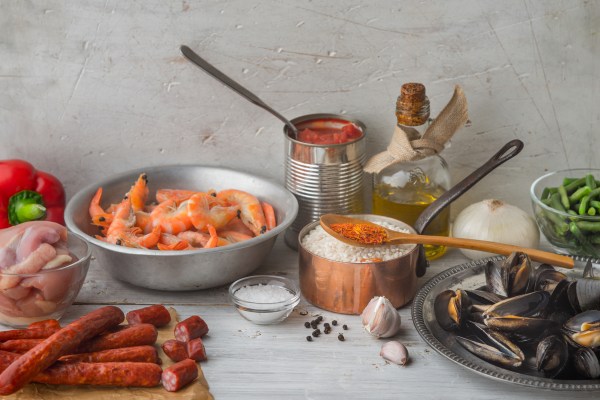
Chef Fabio Viviani, DineAmic Group: “For any seafood dish, add a little bit of clam sauce. The brining in the clam sauce will bring out the flavors of the seafood.”
Chef Michelle’s Take: Work through the natural gag reaction when buying clam juice or clam sauce, it’s awesome. Adding a dash to your Bloody Marys also works wonders. I always forget it’s in the back of the fridge getting weird. This is a great tip, put it in your rotation!
Kewpie Mayonnaise
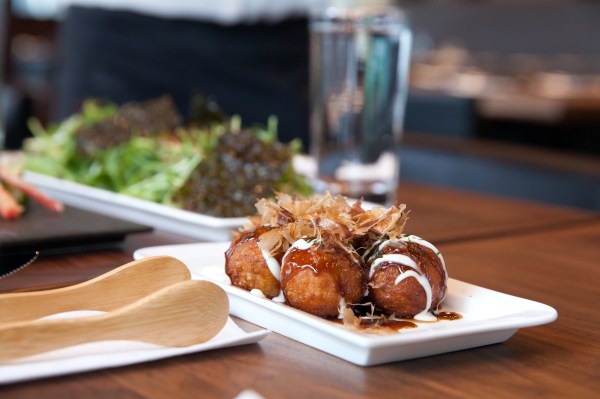
Alex Resnick, Picnic LA: “One way I add some extra oomph to my home cooking is by using Kewpie mayonnaise. It’s a Japanese mayo made with rice vinegar that’s creamier, richer, and has more umami than most other varieties. Use it in place of your usual choice and you’ll notice just how much better it makes absolutely everything. If you have a favorite potato salad recipe, using Kewpie will take it from great to incredible. It’s very easy to find in almost any supermarket, and costs about the same as any other mayo.”
Michelle’s Take: I’ve never had this before. I’m intrigued. Okie dokie, will purchase.
Give the Veggies Some Lovin’
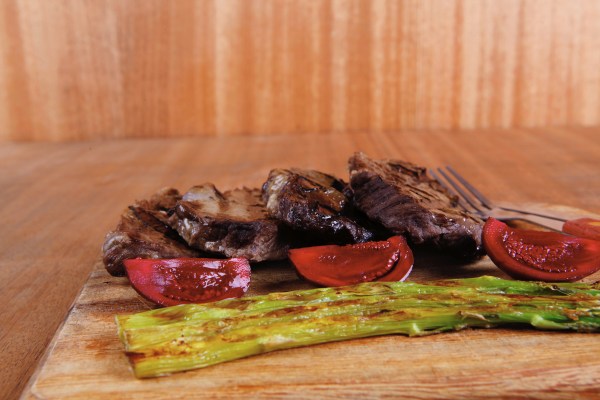
Chef Anthony Jacquet, Claudine Artisan Kitchen and Bakeshop: “Elevating roasted vegetables: Clean the veggie bin by cutting all the vegetables to similar sizes. Coat with olive oil, salt and pepper. Roast on high heat, about 425 degrees. Remove vegetables from the oven, place in a bowl and drizzle fish sauce, squeeze fresh lemon juice, and toss with extra virgin olive oil and any rough chopped herbs you may have around.”
Michelle’s Take: Stop letting those beautiful vegetables languish in your fridge! Roast! Roast! Roast! Don’t ever skip the olive oil part though. Water boils at 212 Fahrenheit, veggies at that high heat have had the heck blasted out of them — think of the olive oil as veggie protection — otherwise the water turns to steam and blasts out of them, leaving your veggies sad and limp. Blech.
Half Cook Your Steaks?
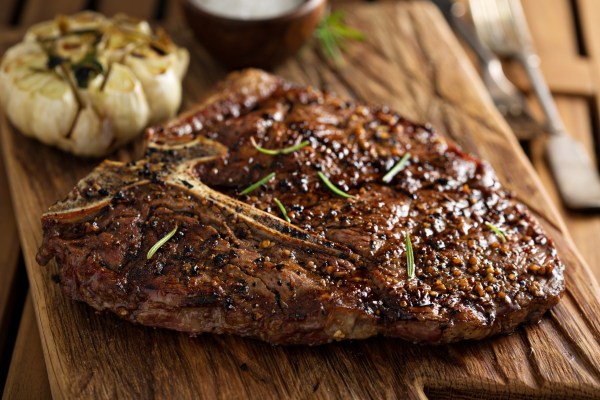
Executive Chef Garrett Pittler, City Winery: “One thing I do is to set my oven to 200 degrees and put my well-seasoned steaks in there until they reach an internal temperature of 100 degrees. It takes about 40 minutes depending on the size of the steak and the cut. Then I pull them out and let rest for about 10 minutes. After that you can either grill or sear them in an extremely hot pan for about 2 minutes each side. You will end up with the most tender, medium rare steak every time. If I’m having friends over, I will cook the steaks in the oven, rest them, then refrigerate overnight and grill them the next day following the same process. They always come out perfect and tender.”
Michelle’s Take: This is pretty genius. I’ve used par-cooking a million times when catering. There’s really no other way to have 100 cuts of meat ready for service at the same time but I’ve never thought of doing it at home. And they really do always turn out great. Remember that first step shouldn’t take longer than an hour or you start to flirt with food safety issues.
You Were Always On My Rind
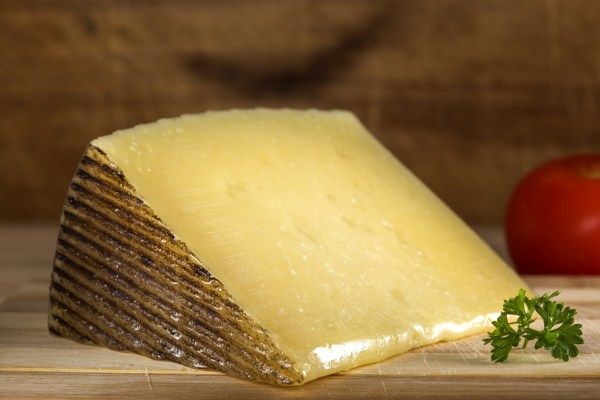
Corporate Chef Brett Courier, Embers Ski Lodge: “Save the rinds and ends of hard cheeses (especially Parmigiano Reggiano) to dice up and toss into any soup, stew or braise your cooking. They soften up and add a great texture and flavor to your dish.”
Michelle’s Take: Well that put an annoying song in my head. But Chef Brett is right. Rinds are great to have on hand. Not making a lot of summer stews? Just keep them in a ziplock in the freezer and pop them in when you’re ready.
Jam (or Veggie) On
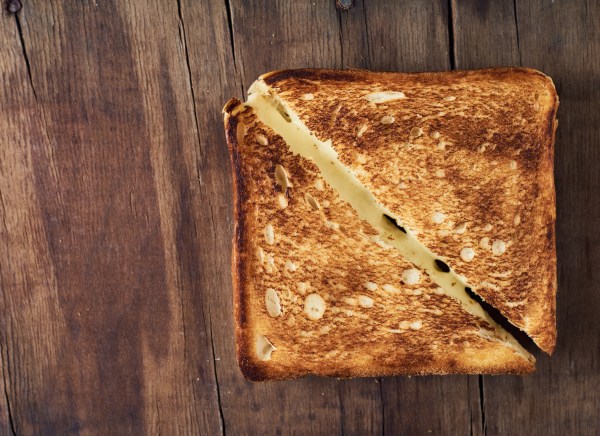
Chef Chad Gardner, Pho 533 in Palm Springs & Dash and a Handful Catering: “To elevate basic grilled cheese sandwiches, add in fresh vegetables such as heirloom tomato, mushrooms, and grilled onions. Adding in some bacon, a fried egg, or apricot jam kicks it up a notch as well.”
Michelle’s Take: Yup. Elevate your shit. Don’t be basic. People will appreciate it.
Keep the Cob
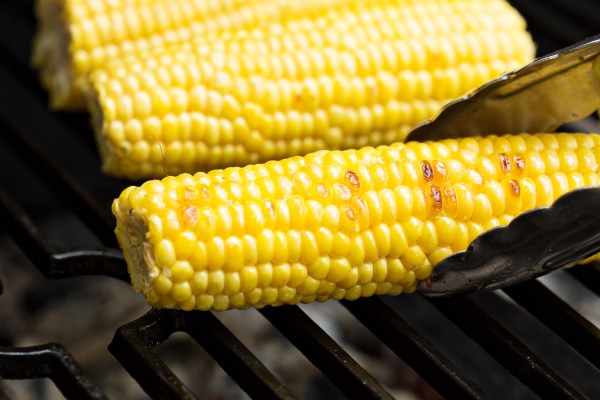
Jason Wishengrad, Culinary Director, The Stand: “Don’t ever throw away corn cobs before making the most out of them. When making a summer corn soup, corn salsa, or any dish using corn, take the back of your knife and scrape all of the corn milk out of the cob. Additionally, you can take the cobs and throw them into a pot and cover with water to make a corn stock. Using the intense flavor from the cob elevates any corn dish!”
Michelle’s Take: Okay, I’m starving now. All of these sound really good. I always forget to add corn to salsa. Leftover corn kernels freeze really well too, so don’t just throw away that extra cob nobody wanted, scrape it into a baggie and freeze.
Set Up Your Smoothies

Chef David Werly, Mandarin Oriental, Las Vegas: “Don’t waste time washing fruit every time you want a smoothie. Once a week wash a bunch of fruit. Throw some berries, bananas, melon, etc. into baggies and freeze it. Every morning, or whenever you want a snack, all you have to do is grab a frozen bag and blend it with either milk, juice, or yogurt.”
Michelle’s Take: All hale the smoothie! Yes, fruit can be high in sugar but using it whole in a smoothie gives you much needed fiber (as opposed to just juicing). Throw in a carrot while you’re at it. I also like to add a scoop of flax meal for Omega-3s. I’ve also been adding a scoop of animal peptides and collagen since that’s what all the pretty girls do (so far no effect other than being $25 poorer). I’m always nauseous in the morning so a smoothie is as close to breakfast as I’ll get. I should really prep them once a week.
Brine That Meat!
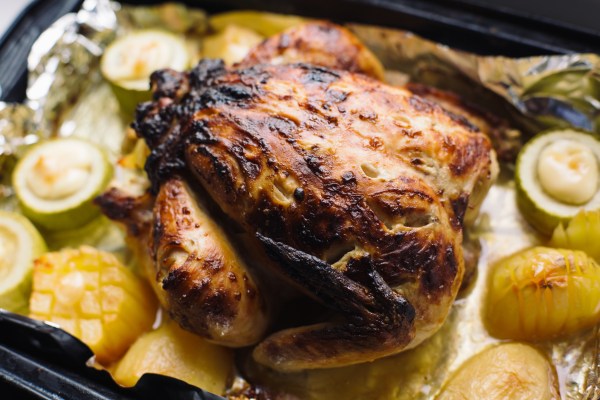
Aaron Neely, Siegel’s 1941 at El Cortez Hotel & Casino: “Brining is a process similar to a marinade, where you soak the meat of choice, in this case whole chicken, in the brining solution for several hours or even up to days at a time. Most brining solutions consist of water, salt and sugar. Many times I will add components like fresh herbs, lemons and possibly a combination of spices including whole peppercorns and coriander and whole smashed garlic cloves. After brining for several hours in a refrigerator, remove the chicken from the brine and pat dry. At this point you could roast the whole chicken or my preferred way is to butcher the chicken and grill over mesquite charcoal. An easy and inexpensive way to add extra flavor and juiciness to this particular dish.”
Michelle’s Take: If you bought a kosher turkey or chicken, halve the salt in your brine recipe. Kosher birds are packed in salt to draw out the blood and brining them with the usual brine ration (salt to water for a brine is four tablespoons of salt per four cups of water) makes them inedible.






